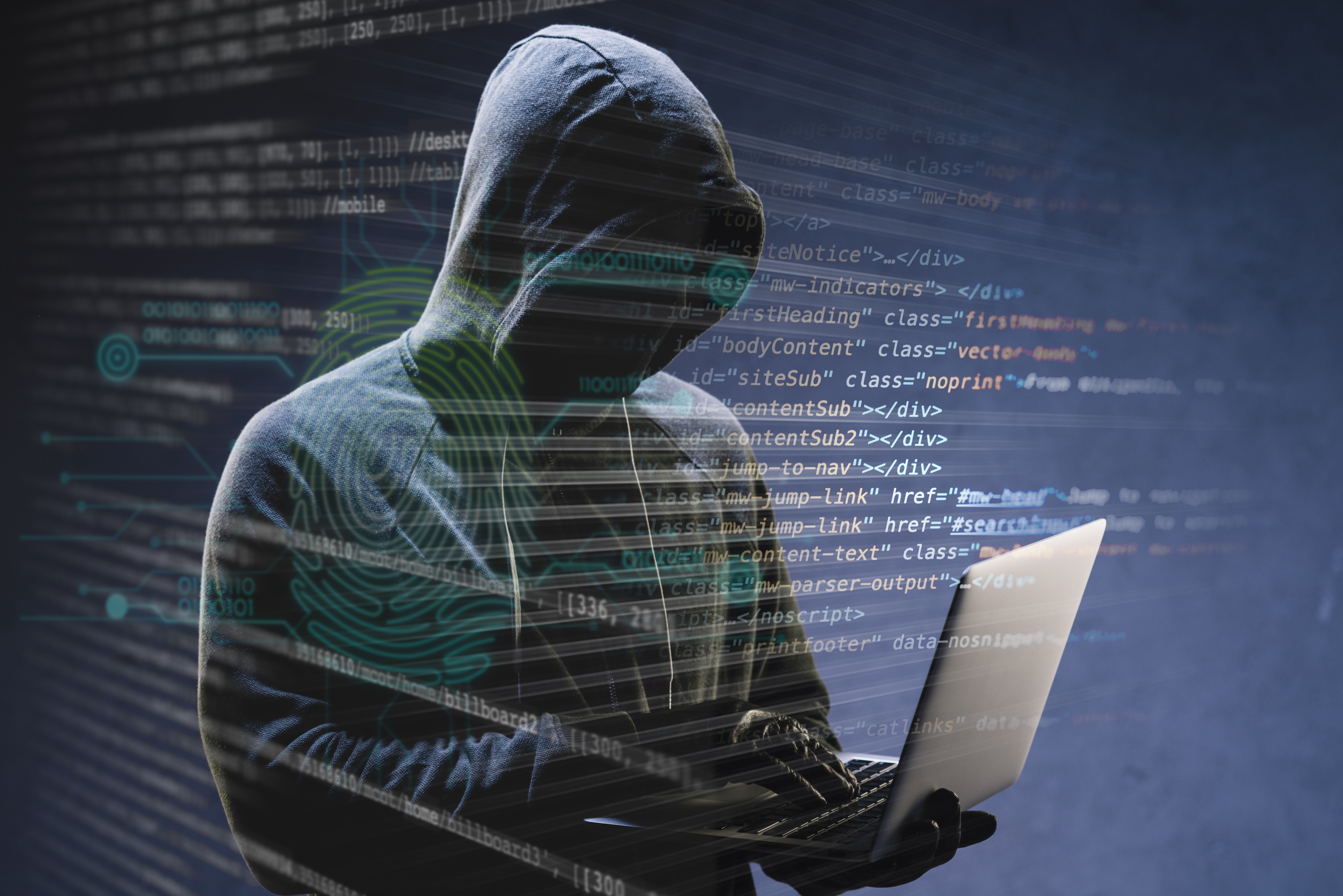Deepfake poses a new threat as it has the potential to be misused for spreading false information and violating privacy. Initially used for entertainment especially in movies, deepfake is a technique to mimic someone's image and voice using AI. The results of deepfake look very realistic, but they are entirely fake.
The question is, how can deepfake mimic someone's face? Where does deepfake get the images or voices of someone?
The process typically begins with compiling hundreds or even thousands of images, which serve to train the AI "muscles." Through this process, AI can understand complex facial features and expressions, enabling it to reconstruct and manipulate them.
The AI technology crucial to the development of deepfake is Generative Adversarial Networks (GANs). This system consists of two networks: the Generator and the Discriminator.
- Generator:
The generator network is responsible for creating synthetic data resembling real data (images, videos, and audio) from the given dataset. Initially, the generator produces random results. However, through continuous training, the system learns to produce realistic synthetic (artificial) data.
- Discriminator:
The discriminator's function is to differentiate between real data and synthetic data created by the generator. The more synthetic data produced by the generator, the harder the discriminator works to find the differences from real data.
In the context of deepfake, the generator and discriminator are designed to continuously compete. This training makes the generator more skilled at creating synthetic data and the discriminator smarter at distinguishing between real and synthetic data. The smarter the discriminator, the smarter the generator becomes in creating high-quality synthetic data. From this process, highly realistic deepfakes are born.
The Process of Creating Deepfake
- Data Collection and Preprocessing:
The process of creating deepfake starts with collecting a large dataset containing images or videos of the target individual from various sources. Then, before processing, there is a process of standardizing the image quality to improve the quality of the resulting deepfake.
- Training Deepfake Models:
Training deepfake models involves training GANs to capture facial expressions, lip movements, speech patterns, and other facial elements of the target individual. In this stage, the generator and discriminator are continuously trained to make the output more similar to the original.
In conclusion, the output of deepfake is the result of continuous training of the technology behind it. Understanding this technology is the first step in developing effective detection solutions and mitigating its negative impacts. One solution that can be used is Deepfake Shield. As part of the data protection solution, VIDA offers deepfake shield to strengthen and control the entire process towards access to biometric systems, so that any fraud loopholes can be prevented.
Download whitepaper VIDA "Are Indonesian Businesses Ready to Combat AI-Generated Fraud?" di sini

.png)


